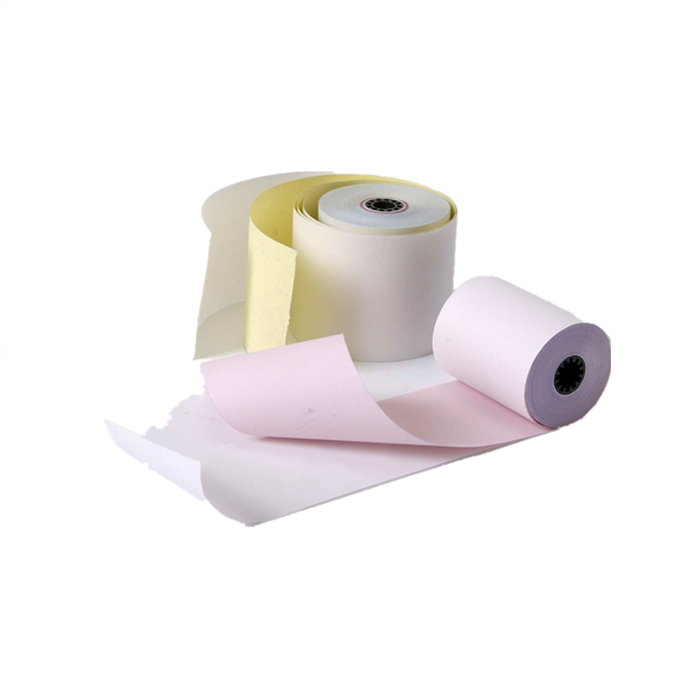In many market applications, water-based ink printing has become an increasingly popular choice. When the ink chemistry and performance are optimized, they are expected to become safer and more sustainable alternatives to solvent inks in the printing shop, especially for packers.
The exclusive data of Smithers report shows that by 2022, the total consumption of water-based ink will be 493000 tons, worth 5.1 billion dollars. The demand growth will enable the market to expand at a stable compound annual growth rate (CAGR) of 3.1%, reaching 576000 tons by 2027.
In contrast, the use of solvent based inks will increase from 1.02 million tons (worth 8.09 billion US dollars) in 2022 to 1.13 million tons in 2027. During the forecast period, the compound annual growth rate in quantitative terms slowed significantly to 2.1%. This shows that in many markets, there is more enthusiasm to invest in alternative ink types, and the price of water-based ink sets can obtain higher premiums.
To a large extent, water-based printing is still limited to several areas of the market – packaging, labels, commercial printing and publications. Even in these areas, due to a series of technical and market factors, there are obvious nuances.
Waterborne ink is widely used in gravure, flexography and ink-jet printing processes. These are also the main platforms for solvent based inks, as well as some screen printing using them. In the past three years, the printing market has undergone profound changes, which makes packaging and labels increasingly become the core of the future strategy of printing equipment manufacturers.
Several of the latest printing machine models in the packaging field are based on water-based inkjet or flexographic systems. In the next five years, these will become increasingly important as suppliers seek to transition to more paper packaging substrates. Solvent ink systems will have a wider range of applications, but concerns about the release of volatile organic compounds mean that water-based systems will be preferred when drying technology allows these systems to operate at acceptable print speeds. Waterborne ink-jet is particularly attractive in food packaging because people still worry about the safety of radiation curing systems, especially the presence of unreacted ink components.
For water-based ink-jet, Smithers predicted that with the installation and purchase of new printing presses turning to on-demand printing mode, the growth of all packaging types will reach double-digit. Similar factors will make water-based printing more and more important in book printing. In the next five years, this will become the most profitable market for water-based ink-jet ink.
For flexographic printing, with the support of the recovery of commercial printing demand, most of the main packaging types – folding cartons, corrugated cartons and flexible substrates – will have a gradual but unobtrusive change. Solvent printing is still very common in flexographic printing, mainly used for long-term flexible packaging that is not used for food or other sensitive goods. This will also be the case for intaglio printing, although publishing is still an important application of this process, although it is decreasing. At the same time, solvent based ink will have some additional applications in packaging ink-jet printing presses, but the largest application will still be in advertising.
Post time: Dec-20-2022

